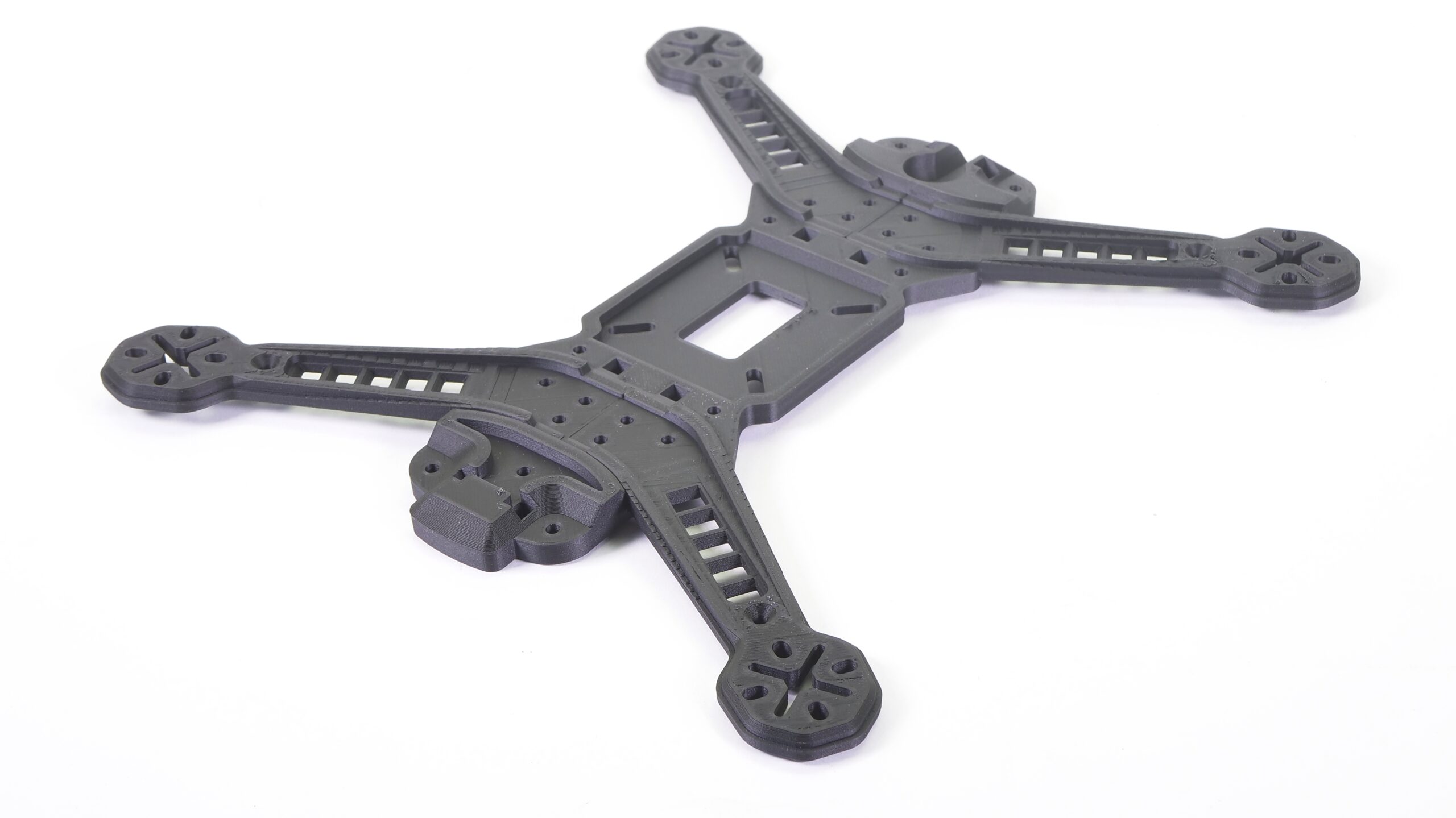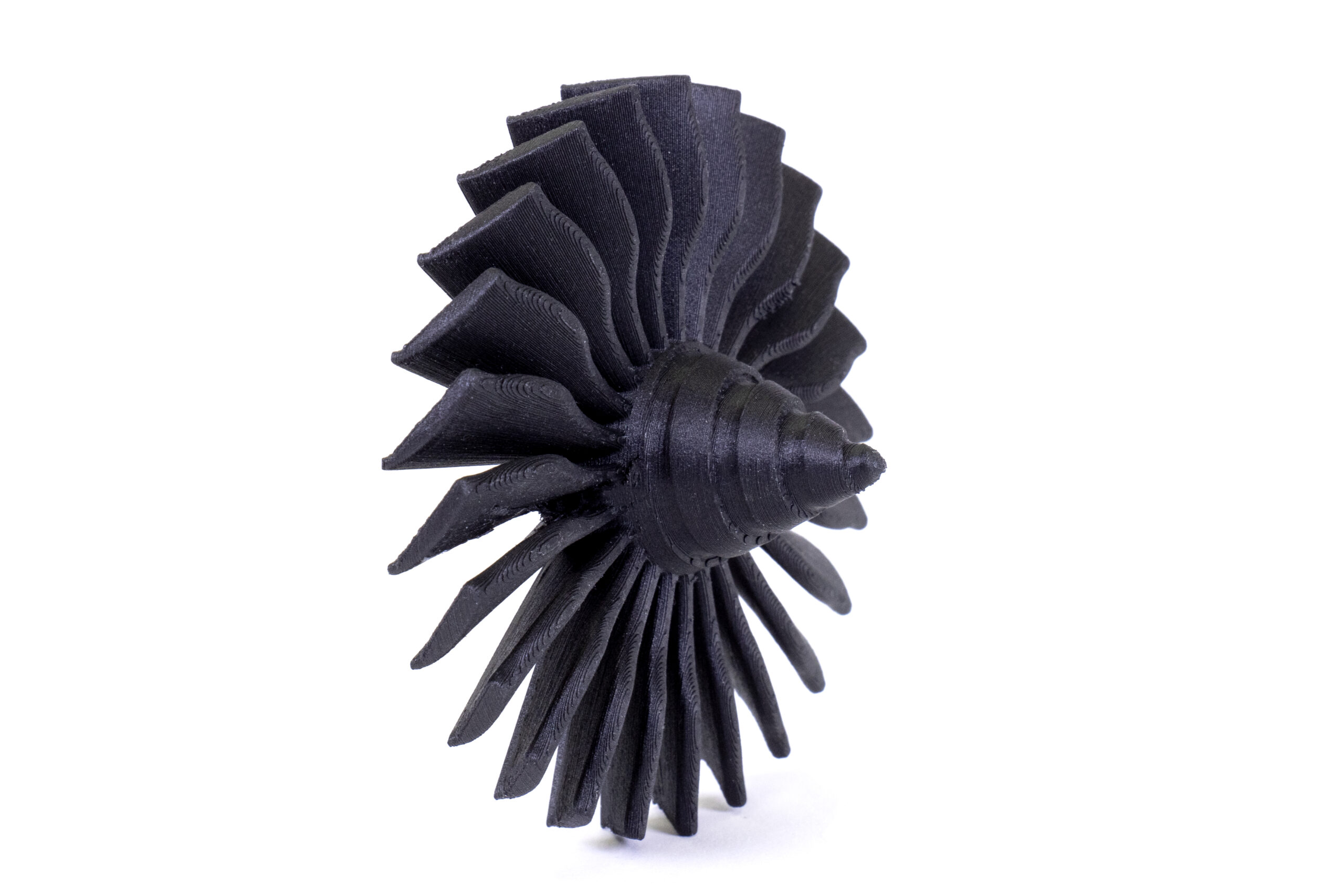- Čeština
- Español
- Italiano
- Deutsch
- Polski
- Français
- 日本語
- Home
- Using the printer
- Material guide
- Composite materials (filled with carbon, kevlar or glass)
Composite materials (filled with carbon, kevlar or glass)
- 3D models
- Material guide
- ABS
- ASA
- Composite materials (filled with carbon, kevlar or glass)
- Basic info
- Description
- Best use
- Tips for successful printing
- Sample prints
- Composite materials (with metal or wood particles)
- CPE
- Drying filament
- Flexible materials
- HIPS
- How to print with PEI 1010
- How to use Prusament refill
- HueForge filament transparency values and HexCodes
- LW PLA
- NGEN
- PEEK-CF (Polyetheretherketone)
- PEI (Ultem)
- PEKK-CF (Polyetherketoneketone)
- PETG
- PLA
- Polyamide (Nylon)
- Polycarbonate (PC)
- Polypropylene (PP)
- PPS (Polyphenylene sulfide)
- PPSU (Polyphenylsulfone)
- Prusament Resin Model Color Kit
- PSU (Polysulfone)
- PVB
- Resin yellowing and how to reduce it
- Resins
- Tested resins
- Water soluble (BVOH/PVA)
- Slicing
- Printer maintenance
- Prusa Connect & PrusaLink

Basic info
Description
Carbon and kevlar fibers or glass powder are mixed with various polymers in order to improve their mechanical properties. It’s usually combined with PLA, PETG, Nylon, PC or ABS - this increases the filament flexibility, toughness and resistance (with proper print settings). Fibers inside the filament improve its dimensional stability, making it lightweight and less susceptible to warping. Printing temperatures are slightly higher than for unaltered filaments. It is also necessary to count on worse print characteristics, for example often nozzle clogging, oozing, and filament breaking.
To compare supported material properties, see our material table.
|
Pros |
Cons |
|---|---|
|
✔ Good abrasion resistance |
✖ A hardened steel nozzle is needed |
|
✔ Dimensional stability |
✖ Filament more brittle |
|
✔ Similar printing temperature to single material filaments |
✖ Worse layer-to-layer adhesion |
|
✔ Nice look |
✖ High risk of nozzle clogging |
Best use
Composite filaments are mostly used for making RC models (drone frames, airframes, car parts, etc.), in the aircraft industry (functional prototypes) and automobile industry (functional prototypes).
Tips for successful printing
Use a hardened nozzle
Carbon and kevlar fibers are highly abrasive so it is necessary to use a hardened nozzle.
Clean the nozzle before printing
It’s good to make cold pull before printing to make sure that the nozzle is really clean.
First layer settings
The first layer should be perfectly fine, otherwise, you risk the nozzle clogging. The higher the layer height is and the wider the nozzle diameter is, the lower the chance of clogging the nozzle is. The lowest optimal values are 0.4mm nozzle diameter and 0.2mm layer height.
Print surface preparation
Print surface preparation depends on the filament type. See our material table to find out more.
Sample prints
 |  |
| RC drone frame | Turbine |
 | |
| Turboprop |
Comments
Still have questions?
If you have a question about something that isn't covered here, check out our additional resources.
And if that doesn't do the trick, you can send an inquiry to [email protected] or through the button below.